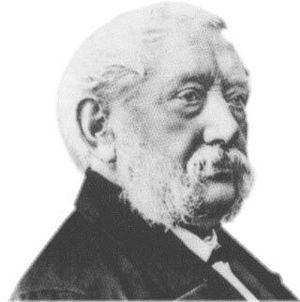Nationality German | Died 1898, Oldenburg, Germany | |
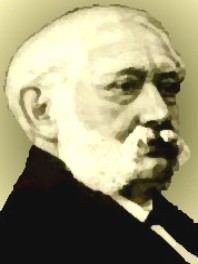 | ||
Occupation medical doctor and naturopath Known for biochemic cell salt research Books The Cure of Diphtheri, Abridged therapeutics, Abridged Therapeutics Founded, Abridged Therapeutics Founded, Abridged Therapeutics Founded | ||
Dr. Wilhelm Heinrich Schüßler — also spelled Schuessler, particularly in English-language publications — (21 August 1821 – 30 March 1898) was a German medical doctor in Oldenburg who endeavored to find natural remedies, and published the results of his experiments in a German homeopathic journal in March 1873, leading to a list of 12 biochemic cell salts that remain popular amongst those interested in alternative medicine. Although firmly within the homeopathy movement of his day, the modern definition of homeopathy tends to exclude his concept of homeopathic potency that, while very dilute, still retained small amounts of the original salt.
Contents
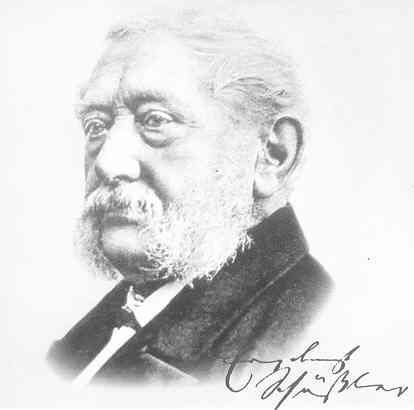
Influences and history
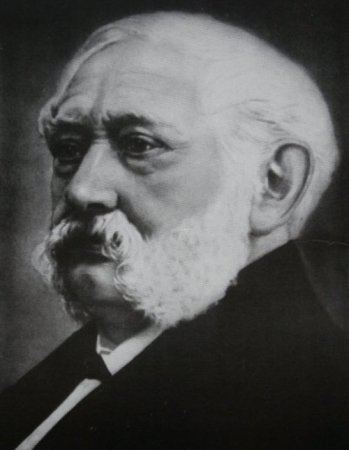
Samuel Hahnemann had proposed homeopathy in 1796, based on the idea of using very dilute remedies including salts. An 1832 paper in Stapf's Archiv suggested such salts would be "essential component parts of the human body". Schüßler was influenced by an 1852 paper by the Dutch physiologist Jacob Moleschott (1812–1893). Serious discussion began only after Dr. Lorbacher of Leipzig critically considered his ideas five months later. An English translation appeared in the Medical Investigator in May 1873, then in "The Twelve Tissue Remedies" by Dr. C. Hering, and in 1888 in a book of the same name by Boericke and Dewey, two medical doctors in San Francisco.
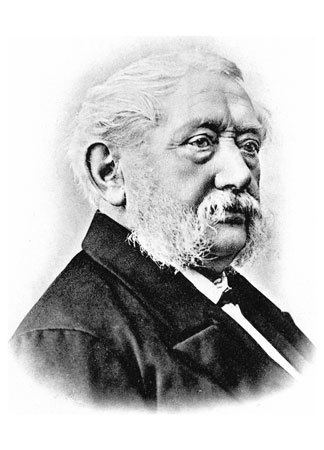
Around the beginning of the twentieth century, Dr. Eli Jones and other doctors studied Schüßler's ideas and derived new ones; by the end of that century Schüßler's name (in various forms of spelling) and list of twelve "tissue salts" were commonly found in health shops and alternative medicine books.
Schuessler salts are discussed in Western Australia's Government Gazette of April 12 1946:
Works
